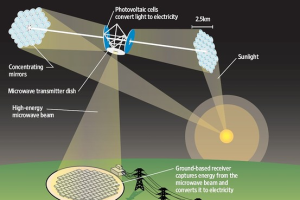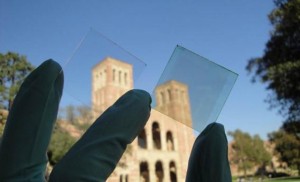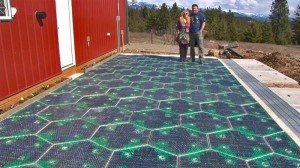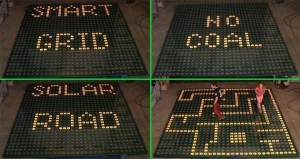When you ask most people what they think of solar power, they image rooftops covered in panels, and talk of going green. However, if you ask a government or private scientist what they think of solar power, you might get a very different answer. Give these guys enough time and money, and they’ll come up with some pretty mind blowing applications for the modest solar cell. Solar PV technology isn’t just becoming for affordable for existing applications, it’s also being contemplated for a variety of new uses.
One of the most cutting edge ideas in the solar world is the concept of Space Based Solar Power (SBSP). The concept involves launching huge solar arrays into space, where the sun is always shining at 100% intensity. Most designs involve a set of mirrors that collect solar radiation, and then condense it on to a super efficient lower orbit solar PV array. Once the energy is collected, its beamed down to Earth in the form of microwaves. A massive rectenna on earth, about 10km in diameter, receives the energy and converts it back to electricity. This set-up could produce more than 1GW of power, or about as much as the average nuclear power plant. While the technology exists to make this a reality, its wildly expensive because of the high cost of launching anything into space.
Along the same line of thought is the creation of laser solar satellites. These little guys collect solar energy from PV cells, and then blast it back to Earth in the form of a high powered laser. Each device produces about 1 to 10MW, so it would take an army of them to power a good sized city. In fact, the military has been quite interested in this technology for a long time. The idea of being able to instantly fry something from space has made people skeptical of developing this technology further.
A more peaceful, and ultimately more profitable idea, comes in the form of see-through solar power windows. A company called New Energy Technologies has created tiny, transparent, spray on solar cells that can be applied to windows. New Energy estimates that out fitting a building with electricity generating glass windows would only increase the cost of construction by about 10%. Developing a way to retrofit existing buildings with this product could usher in a new wave of the solar revolution. It could come sooner than people think too. There are a lot of companies and agencies all over the world working on this exact type of technology.
And of course there’s Solar Roadways, which you can read about in our previous post.
While all of these technologies are pretty futuristic, there is a true possibility of making them mainstream. With the right policies and funding, a world powered by extraterrestrial solar, sun fueled lasers, and self-generating buildings could be a reality.







